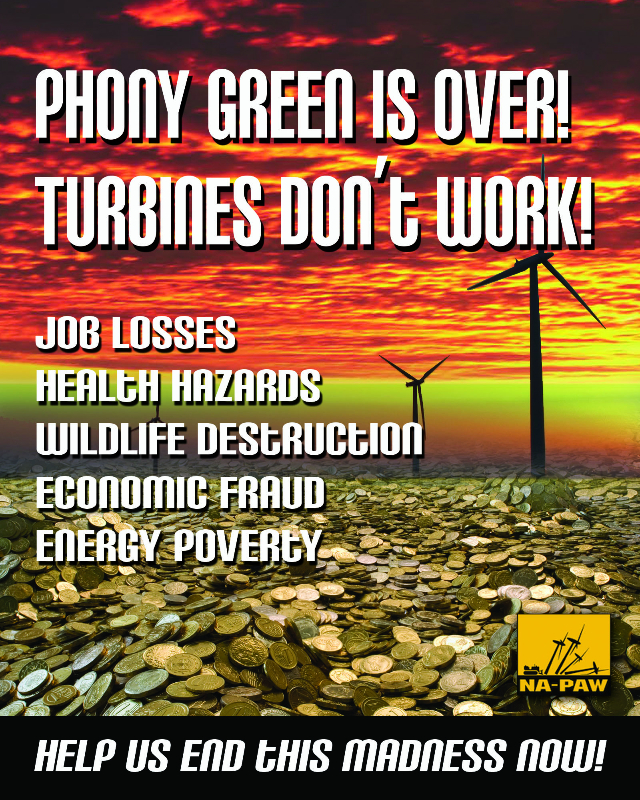
October 21, 2016
Mr. Roak Parker, Department of Energy
Dear Mr. Parker
I am writing as co-chair of the conservation and education committee of the Hawk Migration Association of North America in support of concerns regarding the LEEDco permit from the Ohio Power Citing Board. This letter essentially states HMANA’s opposition to wind power development in Lake Erie off the Ohio shore as proposed by LEEDco and transmits to you HMANA’s 2013 update to its policy statement on wind power development.
The Hawk Migration Association of North America’s official mission is to conserve raptor populations through the scientific study, enjoyment and appreciation of raptor migration. As a scientific, educational and conservation organization, HMANA collects data from hundreds of affiliated raptor monitoring sites throughout the United States, Canada and Mexico, and publishes a journal “Hawk Migration Studies” that includes data from participating hawk watches as well as articles on raptor conservation and other issues impacting raptors.
HMANA is concerned about the threat posed by industrial wind energy developments to migrating, nesting and wintering raptors. Some industrial wind energy developments have been clearly demonstrated to cause high mortality rates in a variety of raptor species, frequently as a result of inappropriate siting. It appears that the project proposed by LEEDco for Lake Erie waters may be such a project.
HMANA’s wind power policy strongly advises against wind power development in areas with landscape features known to attract raptors (such as coastlines), in areas formally designated as Important Bird Areas, and in areas that experience concentrations of wintering, nesting and migrating raptors. The offshore waters of Lake Erie have been documented as an important foraging area for several species of raptors, the coastline also constitutes a landscape feature known to attract raptors. During migration, sometimes large concentrations of migrating raptors are reported over water and may be at risk from offshore windpower development. The studies that have currently been completed for the LEEDco project are insufficiently robust to evaluate this risk.
The offshore waters of Lake Erie appear to be a poor location from the point of view of raptor conservation. But if it were not disqualified for wind development on the basis of landscape features or concentration of wintering, nesting or migrating raptors, then HMANA’s policy advises that specific, stringent, multi-year pre-construction studies be undertaken. These studies should be coordinated with post-construction mortality studies, designed by qualified and independent consultants in collaboration with national and provincial regulatory and conservation agencies, appropriate non-governmental conservation and scientific organizations and independent experts. The design and findings of such studies should be peer-reviewed and publicly accessible. Multi-year studies of this quality do not appear to have been undertaken for the LEEDco project.
Because of the above concerns, an industrial wind power project as proposed by LEEDco should not be allowed in the offshore waters of Lake Erie at this time. As mentioned above, I attach HMANA’s policy statement on wind power development.
Thank you for your attention to these comments.
Sincerely,
Gil Randell
Conservation Committee Chair Hawk Migration Association of North America janngil@fairpoint.net
cc: Matt Butler, Ohio Power Siting Board; Governor John Kasich; Joseph Krawczyk; Sherri Lange, NA-PAW
HMANA Industrial Wind Turbine Siting and Monitoring Policy
The following update to the July 2008 policy on industrial wind turbine siting and monitoring was adopted by the HMANA Board of Directors on June 17, 2013. This update reflects changes between the U.S. Fish and Wildlife Service’s interim guidelines (2003) and its current (2013) Land-Based Wind Energy Guidelines (LBWEG).
The Hawk Migration Association of North America’s official mission is to conserve raptor populations through the scientific study, enjoyment and appreciation of raptor migration. As a scientific, educational and conservation organization, HMANA collects data from hundreds of affiliated raptor monitoring sites throughout the United States, Canada and Mexico, and publishes a journal Hawk Migration Studies that includes data from participating hawk watches as well as articles on raptor conservation and other issues impacting raptors.
HMANA is concerned about the threat posed by industrial wind energy developments to migrating, nesting and wintering raptors. Wind conditions favorable for industrial wind energy projects may coincide with locations where concentrations of raptors occur. Industrial wind projects have been placed and are being proposed along known migratory flyways and near nesting and wintering concentrations of raptors. Some industrial wind energy developments have been clearly demonstrated to cause high mortality rates in a variety of raptor species, frequently as a result of inappropriate siting.
The National Environmental Policy Act (NEPA), the Endangered Species Act (ESA), the Migratory Bird Treaty Act (MBTA) and other federal legislation require federal agencies to carefully consider and assess the possible adverse effects in their projects and permitting practices. HMANA supports federal guidelines for the siting of wind power projects that are consistent with and at least as rigorous as provisions in the NEPA, the ESA, the MBTA and other existing federal legislation. Accordingly, although the U.S. Fish and Wildlife Services’s recently released, Land-based Wind Energy Guidelines (LBWEG) purport to encourage the development of environmentally responsible wind energy facilities, because compliance with the guidelines is voluntary and because of other problems with the guidance, these guidelines do not appear to meet the stringent standards established by NEPA, ESA or MBTA.




